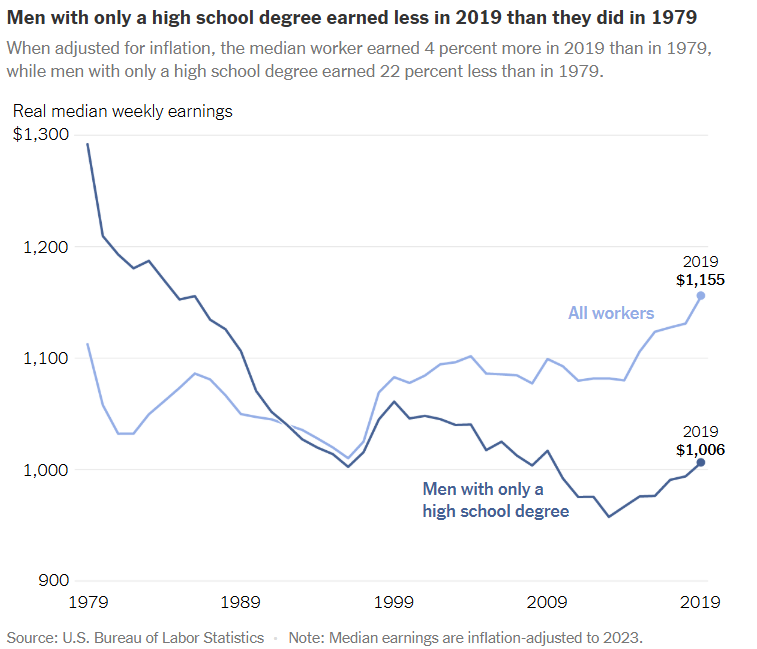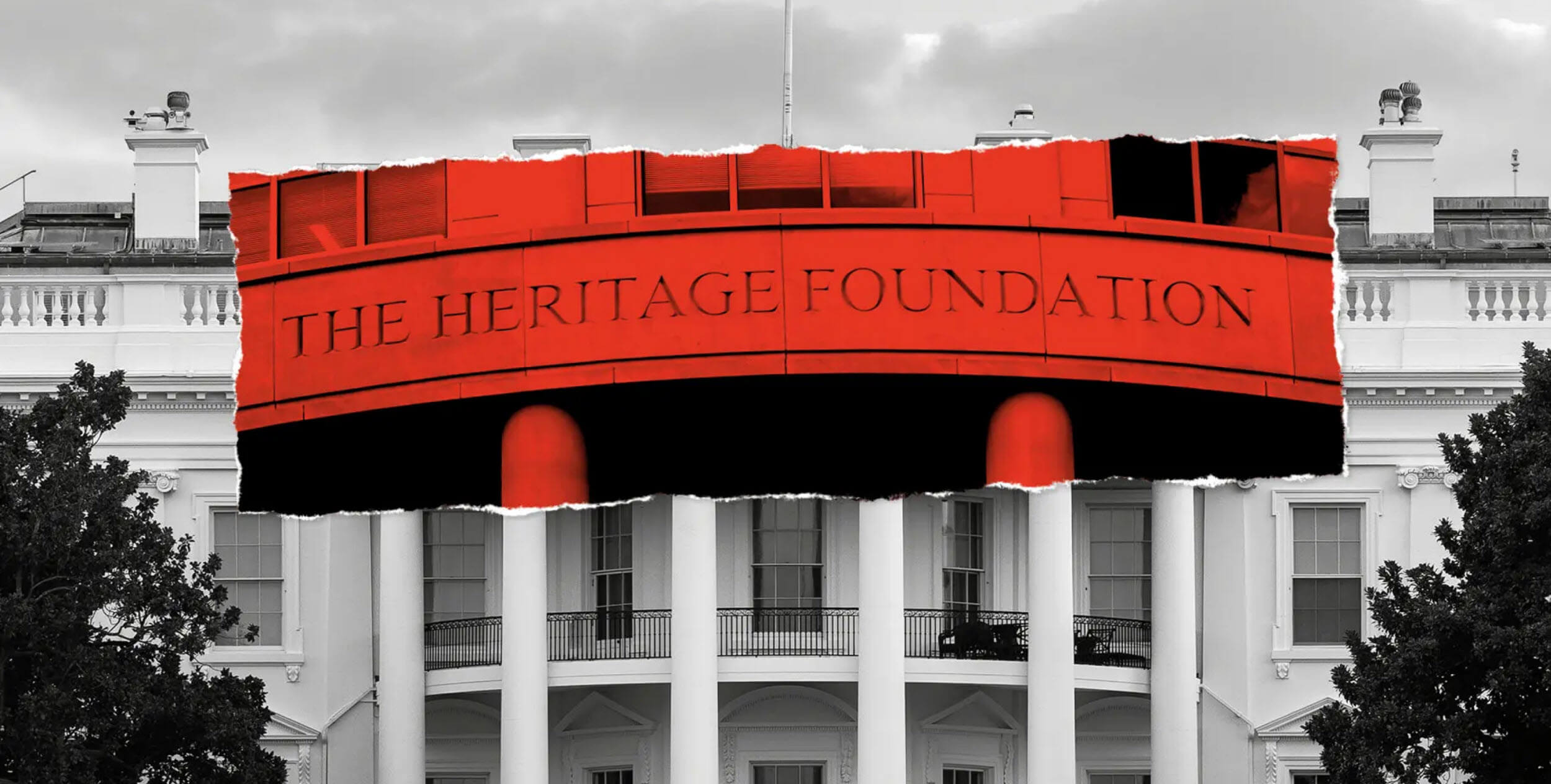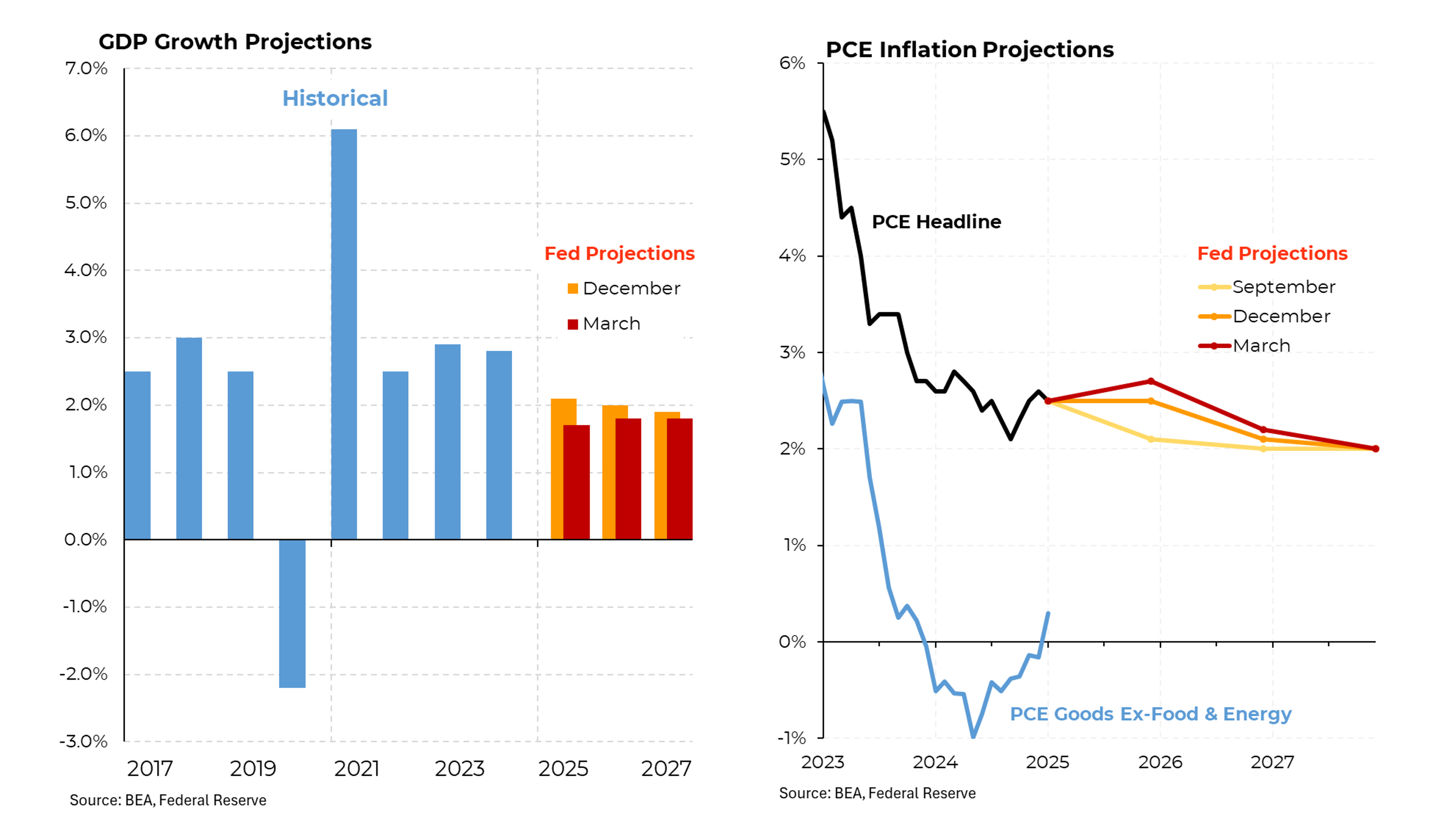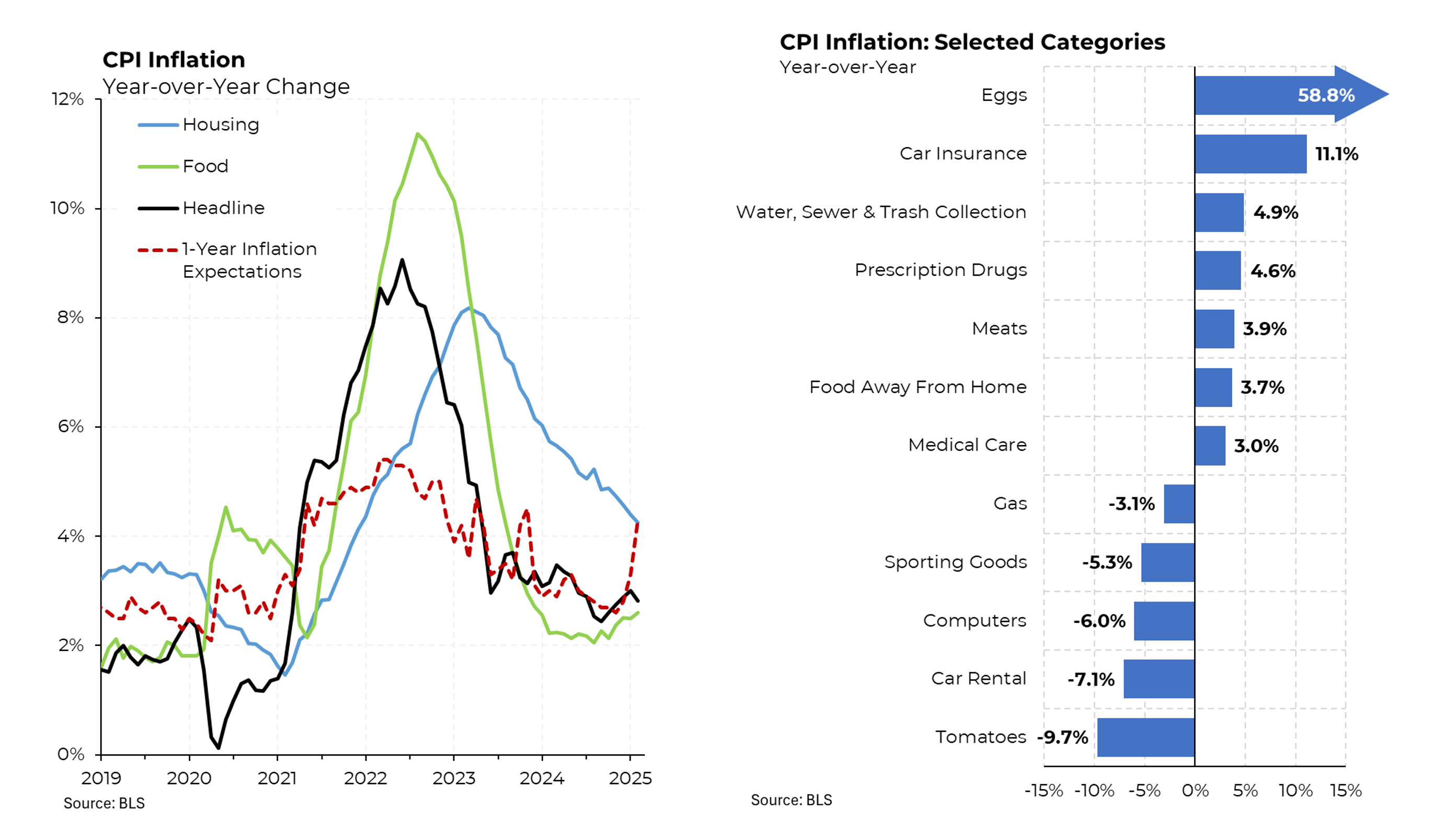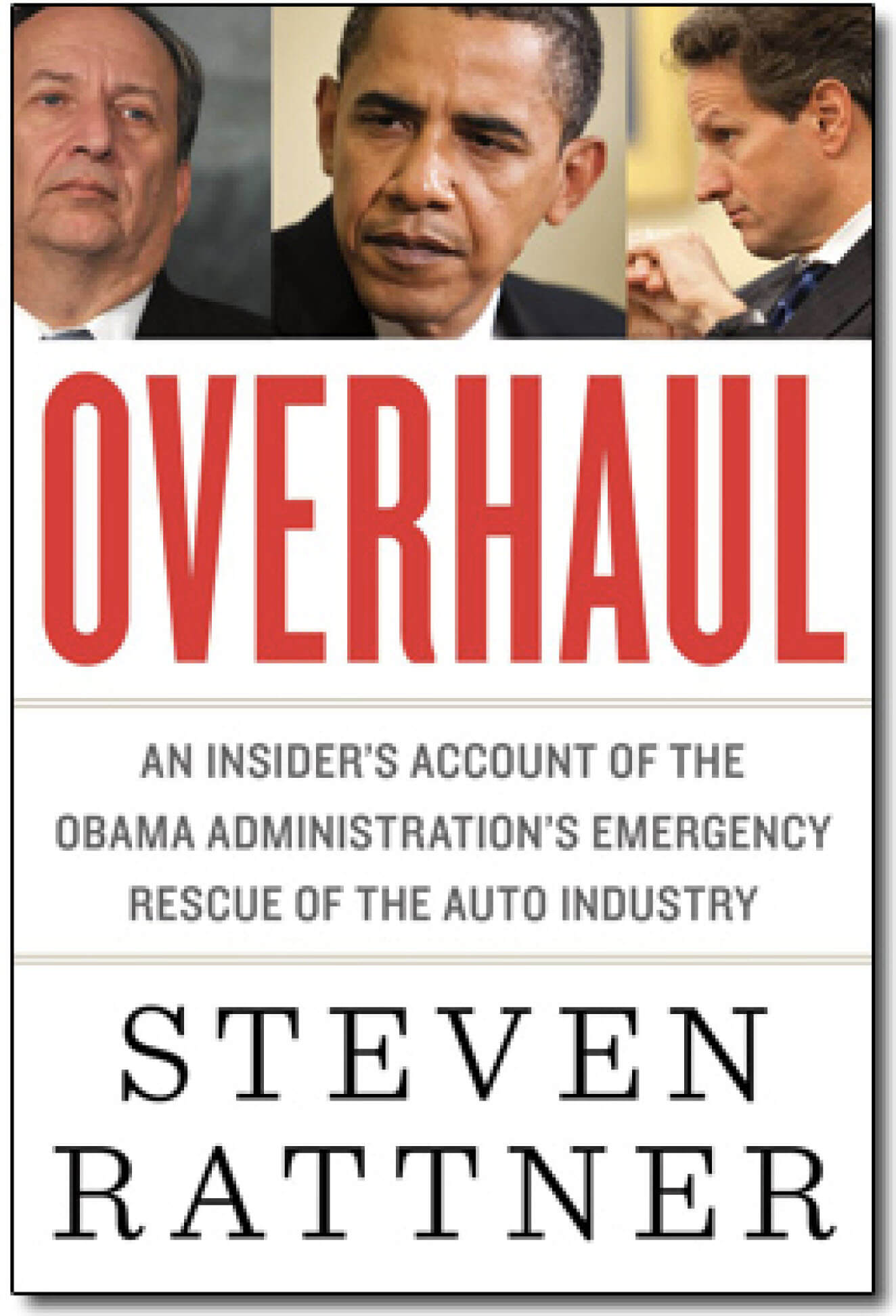Originally published in the Washington Post
Amid the cascade of worrisome economic news, nowhere has the data been more disturbing than in the housing arena. Just this week, home prices in the top 20 markets were reported to have declined 10.7 percent over the past year while new home sales dropped in February to a 13-year low.
Yet the policy response from Washington has been surprisingly weak. Proposals have been mostly pointed toward avoiding future problems rather than helping the 2 million Americans facing foreclosure.
In part, that tepid approach reflects the market-oriented mien of the Bush administration. But the lack of viable alternatives, even from more activist Democrats, reflects both the intractability of the problem and confusion over what problem to try to solve.
For some, ameliorating the housing crunch would help fight recession. For others, better housing policy might ease the broader credit crunch. Another goal is halting the slide in home values.
These mixed objectives are misguided. No sensible housing policy will serve as a patent medicine for all credit and economic worries. Our housing policy goals should be measured. Yes, we need to provide more liquidity to the housing finance market — whose gears are now well frozen — and recent initiatives should help. But we shouldn’t be trying to prop up house prices when they still remain well above what American incomes can support. And we need to avoid panicking into stupid responses, such as proposals for mandatory moratoriums on interest resets or foreclosures that would interfere with contracts between lenders and borrowers and risk long-term damage to mortgage markets.
Some ideas would excessively reward lenders. Making it too easy for strapped homeowners to refinance at the full principal value of their mortgages amounts to bailing out investors who foolishly provided the loans.
Federal Reserve Chairman Ben Bernanke hit the right note recently when he called on lenders to modify more loans in lieu of foreclosing, which carries enormous economic and social costs. But he offered no specific new ideas, only encouragement and sympathy.
We need to fill Bernanke’s pregnant pause. Some (myself included) have advanced the idea of re-creating the Home Owners’ Loan Corporation, a government-backed entity that addressed similar challenges during the Depression by trading government debt for that of thrifts and then offering modifications to homeowners. While this is a worthy concept, trillions of dollars in government credit would be required, and, unlike the Depression era, the government would be competing with many pools of private capital. Similar concerns weigh against a proposal from Rep. Barney Frank (D-Mass.), chairman of the House Financial Services Committee, for up to $300 billion of guarantees in a HOLC-like structure, as well as against intimations that the Fed should get into the business of buying mortgages.
Others suggest amending bankruptcy laws to allow a reduction in the amount of a homeowner’s mortgage, just as other debts can be reduced in bankruptcy. Lenders have massed a furious attack, arguing that such action would stifle new loans. For that reason, we should pursue a more limited approach of permitting modification of mortgages originated through predatory practices — such as unnaturally low teaser rates — but not those issued under more traditional terms. Targeted approaches of this type often have unintended consequences, but the need to aid the housing sector should take precedence.
We should also ensure that personal bankruptcy continues to have long-lasting negative effects for an individual’s credit rating. Accordingly, changes to bankruptcy law by themselves cannot be relied on to shift the momentum from foreclosures toward modifications.
Among the impediments are concerns about the liability of loan servicers, who are acting on behalf of myriad (and often unknown) investors to whom “securitized” slices of pools of loans have been sold. In that regard, we should pursue the suggestions for legislation to clarify the right of the servicers to modify mortgages as long as it is in the interests of the underlying investors as a whole.
Even that may not be sufficient, so the government should consider offering lenders and servicers financial incentives to pursue modification over foreclosure. Loan modifications are time-consuming and labor-intensive, and servicers, operating on thin margins with equally thin staffs, are not equipped to address a tidal wave of them. Turning a house over to a foreclosure agency, whose fees are paid by the investors, is much easier.
One way to redress that imbalance would be to empower the Federal Housing Administration to pay servicers a fee — say 2 percent of a loan amount, similar to origination points — for each loan modified. Guidelines would need to be developed for which loans would be eligible for this fee as well as for the basis of the modifications. Again, unintended consequences would surely result, among them the fact that we would be compensating a group of firms that played a meaningful role in creating the problem.
But isn’t it better to hold our noses and embrace some of these solutions than to commit to actions that could inflict lasting damage on the mortgage finance business or, worse, bail out bad investments, or, worst of all, allow millions of Americans to continue to face foreclosure?

